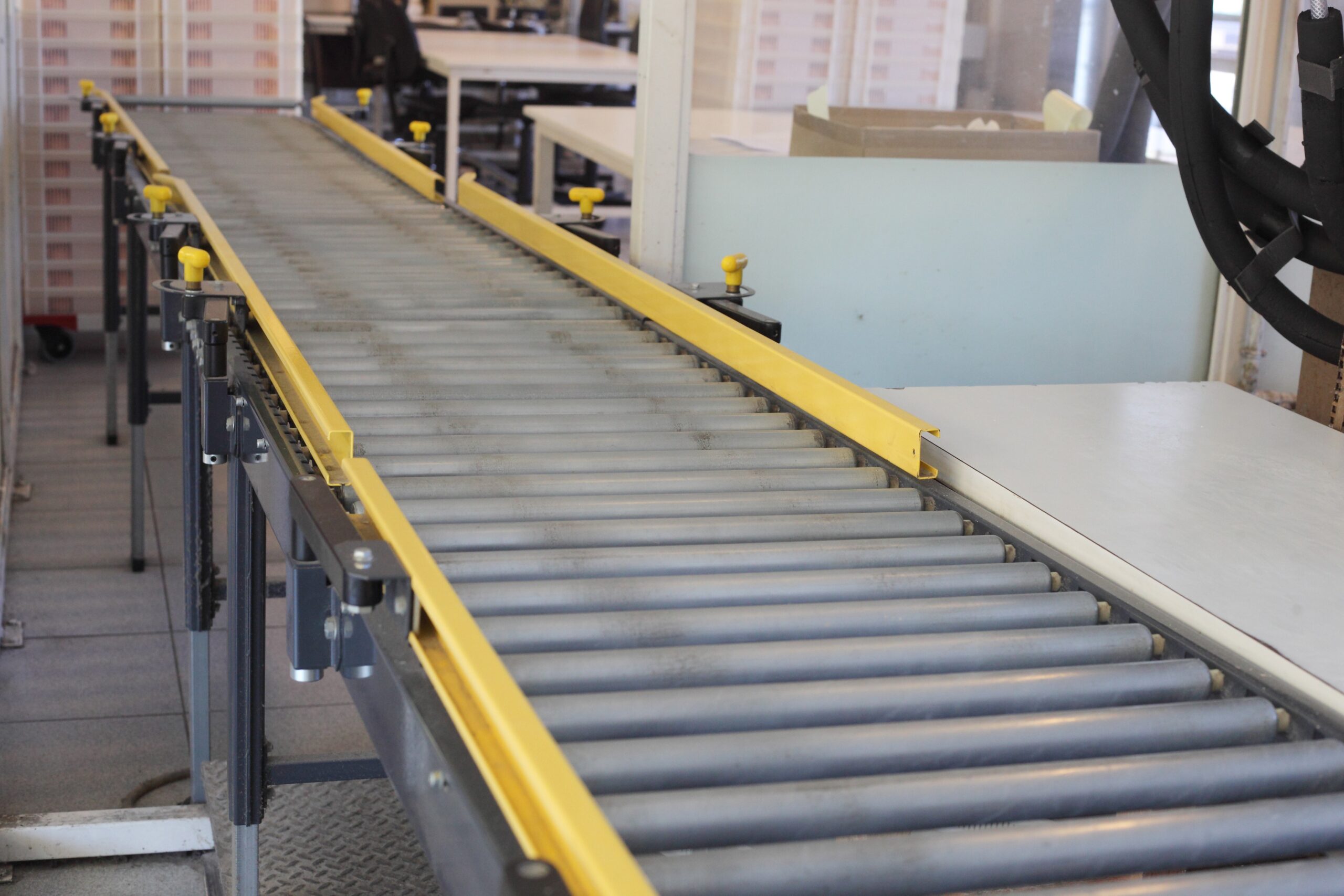If you are building a product for the first time, eligibility for R&D tax credits can feel opaque. The reality is simple. Prove that your team tackled genuine technological uncertainties through a systematic process, keep clean evidence, and map costs to the people who did the work. Do that from day one and the claim practically writes itself.
First-time founder’s guide to eligibility for R&D tax credits in the UK
If you are building a product for the first time, eligibility for R&D tax credits can feel opaque. The reality is simple. Prove that your team tackled genuine technological uncertainties through a systematic process, keep clean evidence, and map costs to the people who did the work. Do that from day one and the claim practically writes itself.
What HMRC actually means by “eligible R&D”
Eligibility turns on two ideas:
-
Technological uncertainty. You faced a problem that a competent professional could not solve using publicly available knowledge.
-
Systematic work to resolve it. You planned and ran tests, iterations or experiments to overcome that uncertainty, and recorded what happened.
Marketing features, routine configuration, or straightforward use of existing tools will not qualify. Breakthroughs are not required. It is enough that you pushed beyond the known baseline in your field and did so in a structured way.
Day-one records that make eligibility obvious
Set these up in week one. Keep them lightweight, but keep them consistently.
-
Problem statements. One page per technical challenge. Describe what you could not do yet and why it was hard.
-
Hypotheses and tests. A short log of what you tried, with dates, inputs and expected outcomes.
-
Evidence of failure. Screenshots, test runs, bench results and error traces. Negative results are gold for eligibility.
-
Iteration notes. What you changed in each attempt and why.
-
Baseline references. Links to literature, standards, vendor docs or prior art that show why your approach was not obvious.
-
Time by named person. A simple weekly timesheet that tags hours to the specific R&D task.
-
Costs. Supplier invoices and statements of work that describe the R&D contribution, not just “services”.
-
Decisions. Short governance notes when you pivot, pause or close a line of investigation.
If you capture these eight items as you go, your eventual narrative will mirror reality and withstand questions.
Quick decision checks for founders
Question
If yes
If no
Did a competent professional genuinely not know how to achieve the result at the start?
You likely have technological uncertainty. Record why it was not obvious.
You are probably in routine work. Keep records, but do not expect eligibility.
Did the team follow a plan of experiments or iterations to resolve the uncertainty?
Capture hypotheses, tests, outcomes and changes.
Write a plan now and run a structured test cycle.
Can you separate qualifying R&D from routine product tasks?
Tag hours and costs to the R&D work packages.
Split tickets and statements of work so the R&D is not mixed with routine tasks.
Do time records tie to payroll for named staff?
Reconcile monthly and keep the tie-out in your file.
Put a simple system in place before the next sprint.
How eligibility shows up by sector
-
Software and data. Distinguish new algorithms, architectures or performance breakthroughs from feature delivery. Evidence with benchmarks, profiling, ablation tests and proof that alternatives were explored.
-
Engineering and manufacturing. Show tolerances, materials behaviour, reliability under specific conditions and the test rigs used. Photos and lab book scans help.
-
Life sciences and MedTech. Separate routine compliance from experimental development. Keep protocols, deviations and negative results that informed design changes.
-
AI and ML. Document data issues, model limitations, reproducibility and generalisation risks. Keep experiment matrices and training logs.
Grants, subcontractors and overseas work
These can be eligible, but treatment is precise. Keep a simple decision note for each project:
-
Grants. Record the grant terms, scope and cost allocation. Avoid double counting.
-
Subcontractors. Make statements of work explicit about the R&D tasks and deliverables. Tie invoices to work packages.
-
Overseas activity. Note where work was performed and why. Keep evidence that treatment aligns with the rules that apply to your accounting period.
Build an “eligibility binder” in 60 minutes a week
A light routine beats a frantic scramble at year end.
-
Monday 10 minutes. Update the problem statement for each open R&D task.
-
Wednesday 20 minutes. Log test runs, failures and changes. Add screenshots or photos.
-
Friday 20 minutes. Reconcile named time and supplier invoices to R&D work packages.
-
Friday 10 minutes. Capture decisions and next steps.
Store everything in a shared folder with dated subfolders. Index it once a month.
Common pitfalls to avoid
-
Writing narratives in marketing language rather than technical language.
-
Mixing routine feature tickets with R&D tasks in the same work package.
-
Missing time records by named person, or timesheets that do not reconcile to payroll.
-
Vague subcontractor invoices that say “development services” without describing the R&D activity.
-
No evidence of negative results, which are often the strongest proof you faced uncertainty.
What good looks like at filing
-
A concise technical narrative for each project that explains baseline knowledge, uncertainties, systematic work and results.
-
A cost schedule that links named staff time to payroll and ties suppliers to statements of work.
-
A tidy evidence pack with test logs, artefacts, references and decisions.
-
A one-page treatment note for grants, subcontractors and overseas activity.
-
Consistent terminology across the narrative, schedules and any required forms.
Where to get help
Founders do not need to become tax specialists. What you do need is a repeatable way to capture uncertainty, tests and costs, and a reviewer who can challenge grey areas before you file. An adviser such as FI Group with sector expertise will assess your eligibility for R&D tax credits and will interview your engineers, draft in technical language, and prepare a defence pack in advance so you can respond quickly if questions arise.











